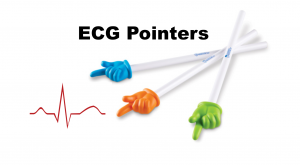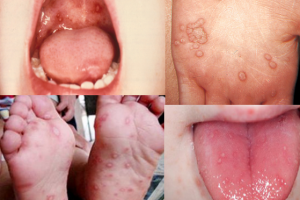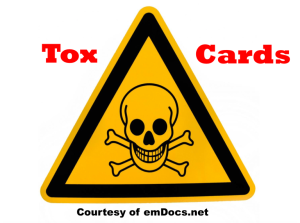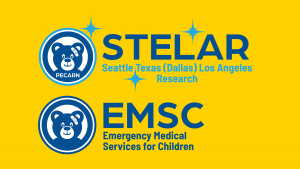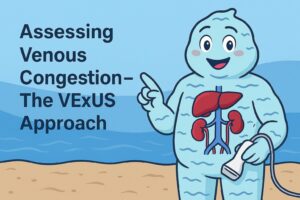Welcome back to the “52 in 52” series. This collection of posts features recently published must-know articles. Our fifth post looks at the TTM2 trial and targeted temperature management.
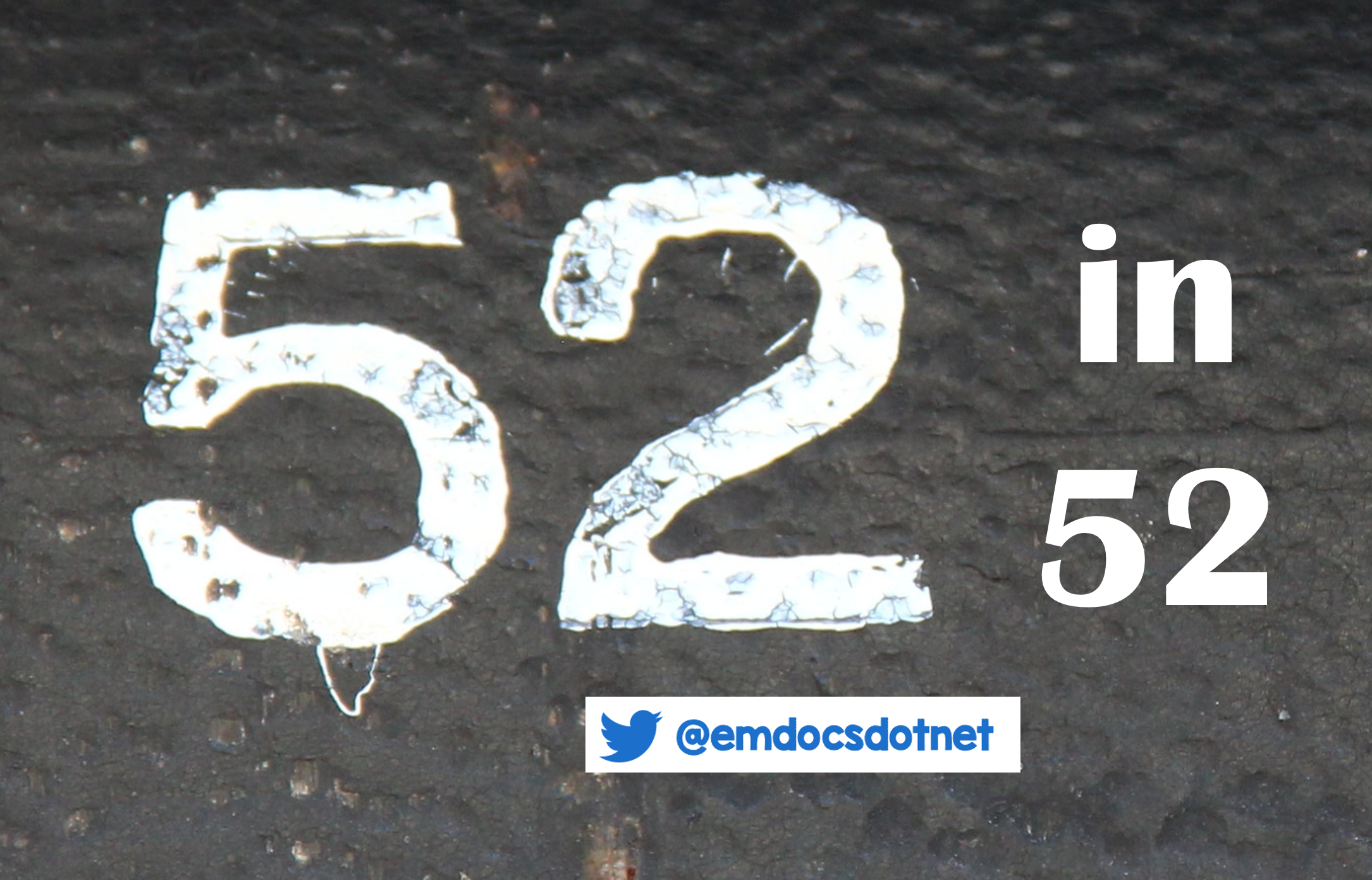
Author: Brannon Inman (Chief Resident, Emergency Medicine Physician, San Antonio, TX) // Reviewed by: Alex Koyfman, MD (@EMHighAK); Brit Long, MD (@long_brit)
Hypothermia versus Normothermia after Out-of-Hospital Cardiac Arrest
AKA: THE “TTM2” TRIAL
Clinical question:
Does targeted temperature management compared with targeted normothermia (avoiding fever) impact all-cause mortality in patients with ROSC after out of hospital cardiac arrest (OHCA)?
Study design:
- Open-label international randomized controlled superiority clinical trial
- Clinicians were not blinded, but outcome assessors were blinded
- Primary outcome death from any cause at 6 months
- Was co-enrolled with targeted therapeutic mild hypercapnia (TAME) trial
- Block randomized based on site and TAME group allocation
- Intention to treat analysis
- Authors assessed death from any cause at 6 months as the primary outcome.
PICO:
Population:
- Included patients in 14 countries
- Included adult (≥18 years) patients admitted to the hospital following OHCA of presumed cardiac or unknown cause.
- Patients were unconscious and had > 20 minutes ROSC with signs of circulation
- Coma defined as Full Outline of Unresponsiveness (FOUR) scale < 4
- Components
- Eye response
- Motor response
- Brain stem reflexes
- Respiratory pattern
- Had to have > 20 min of return of spontaneous circulation (ROSC) following resuscitation
- Components
- Coma defined as Full Outline of Unresponsiveness (FOUR) scale < 4
- Exclusion: unwitnessed cardiac arrest with asystole as initial rhythm, temperature < 30ºC on admission, required ECMO prior to ROSC, obvious/suspected pregnancy, ICH, severe COPD requiring long-term oxygen.
Intervention:
- Hypothermia to 33ºC using cooled IVF and intravascular cooling devices with rewarming at 28 hours at a rate of 0.3ºC/hour for up to 40 hours up to 37ºC.
Comparator:
- Enforced normothermia of 37.5ºC (goal 36.5ºC-37.7ºC). Patients at 37.8ºC received surface or intravascular cooling devices to maintain temperature of 37.5ºC. This was maintained for 72 hours.
Outcome:
- Outcomes assessed at 30 days, 180 days, and 24 month with face to face interview or telephone interview. Modified Rankin Score was assessed using structured interviews.
- Primary outcome (death at 6 months)
- 50% of hypothermia group, 48 % of normothermia group had died (RR 1.04, 95% CI 0.94-1.14)
- Secondary outcome
- Poor functional outcome (mRS 4-6) 55% in both groups
- The only significant secondary outcome was arrhythmia causing hemodynamic compromise (24% in hypothermia, 15% in normothermia, RR 1.45, 95% CI 1.21-1.75)
- Data on primary outcome lost/missing on 11 of original 1861 patients (5 in intervention arm, 6 in control)

*Excerpt from text
Take away:
- Overall, trial demonstrated no difference in the primary outcome of all-cause mortality at 6 months between hypothermia and normothermia.
- The methods were clear and well organized. There was also a clear separation between groups in specific target temperatures.
- The sample size was large, reducing risk of random error in outcomes.
- Groups were overall well balanced, though there was a male predominance.
- Close to half of the patients in the normothermia group needed a cooling device due to avoid fever.
- Co-enrollment of 20% patients in the TAME trial could confound the results.
- There was not a third group of no temperature control.
- Approximately 3 hours was needed to cool patients to goal temperature, owning to the logistical difficulties with rapid cooling.
- There might still be a group of patients in whom rapid cooling benefits. Based on these data we do not know what that group is.
My take:
This is a well-constructed study that adds considerably to our knowledge of post-ROSC care and TTM. When not explicitly required by hospital protocol I will not be using hypothermia in comatose post-arrest patients. Rather, I will focus on optimizing cardiac arrest care and ensuring normothermia and preventing fever in the post-ROSC period. At the patient level, I will continue to follow guidelines and hospital policies. At the policy level, I would advocate against making hypothermia in ROSC patients a universal policy. In all likelihood a large chunk of the benefit from the initial TTM literature came from intensive beside care when compared to the control arm, which was better accounted for in this study.
Reference:
- Dankiewicz J, Cronberg T, Lilja G, et al. Hypothermia versus Normothermia after Out-of-Hospital Cardiac Arrest. N Engl J Med. 2021;384(24):2283-2294. doi:10.1056/NEJMoa2100591


